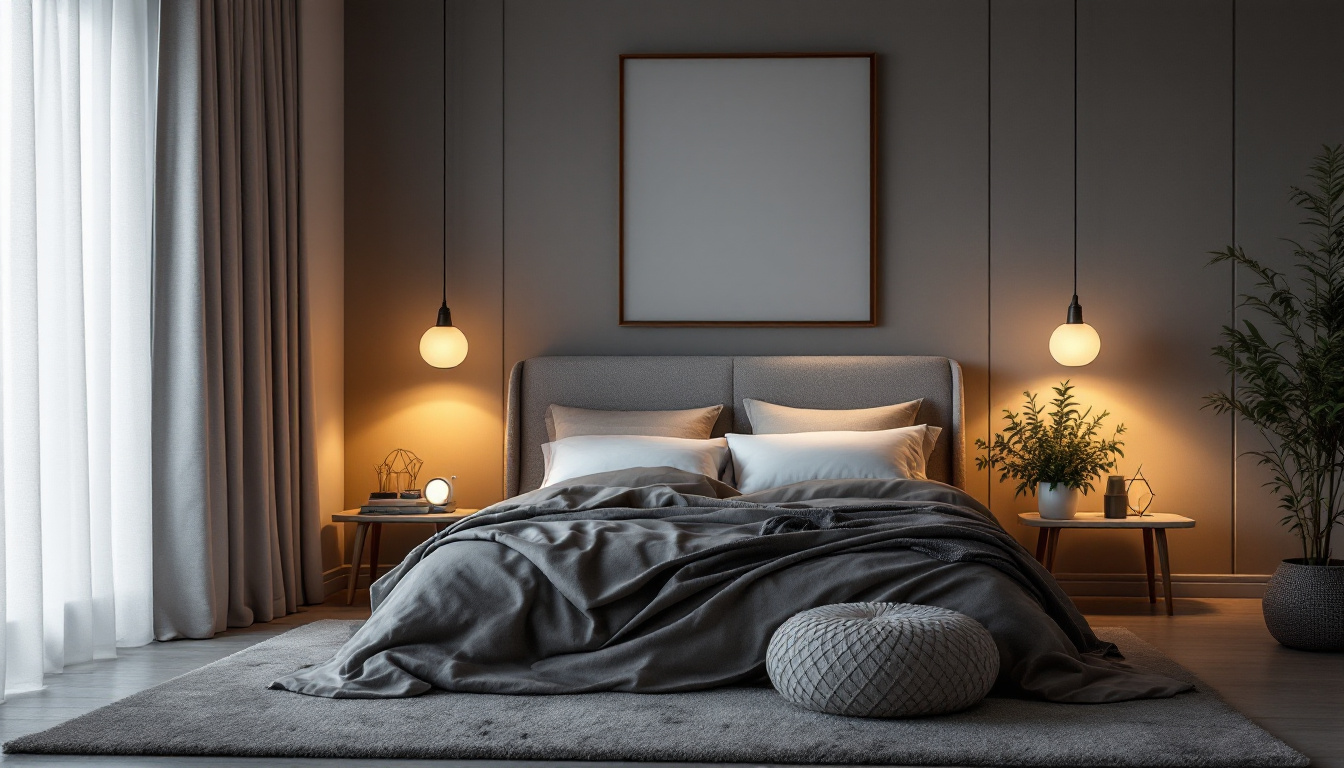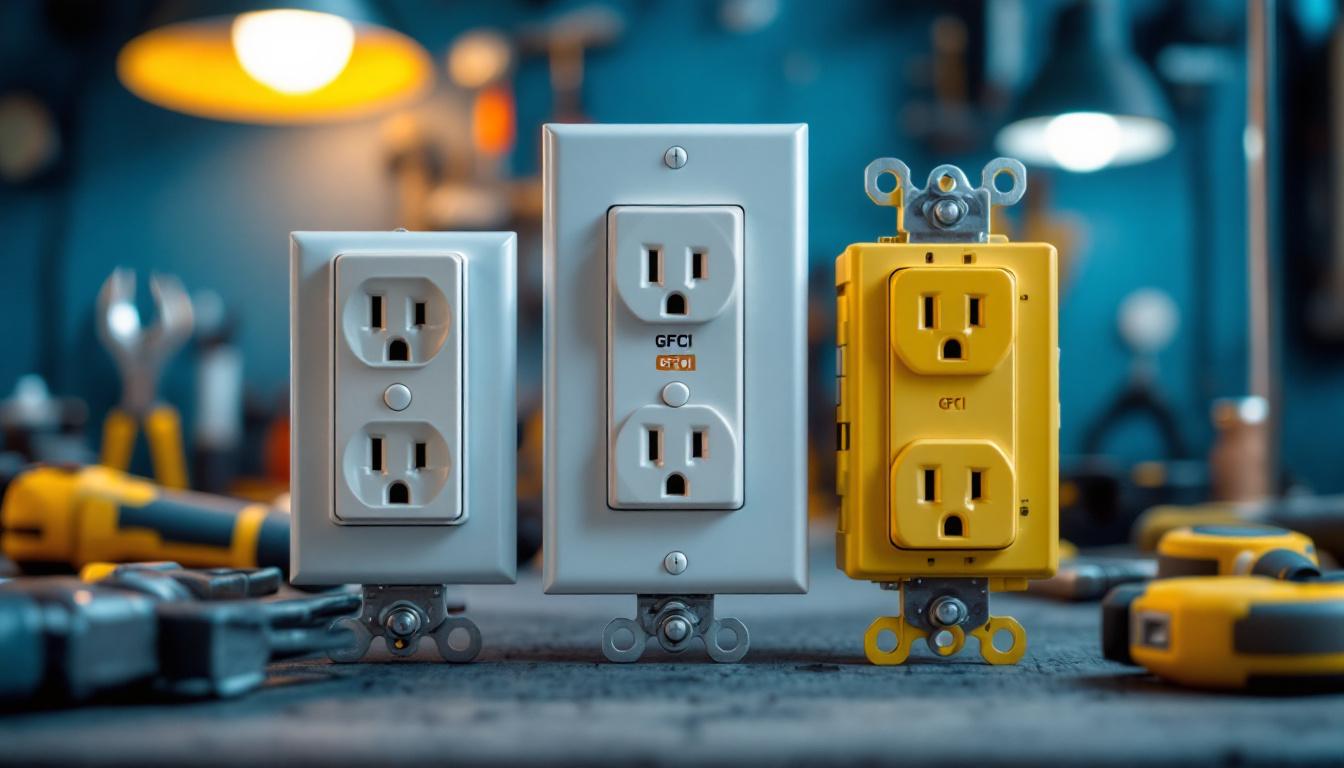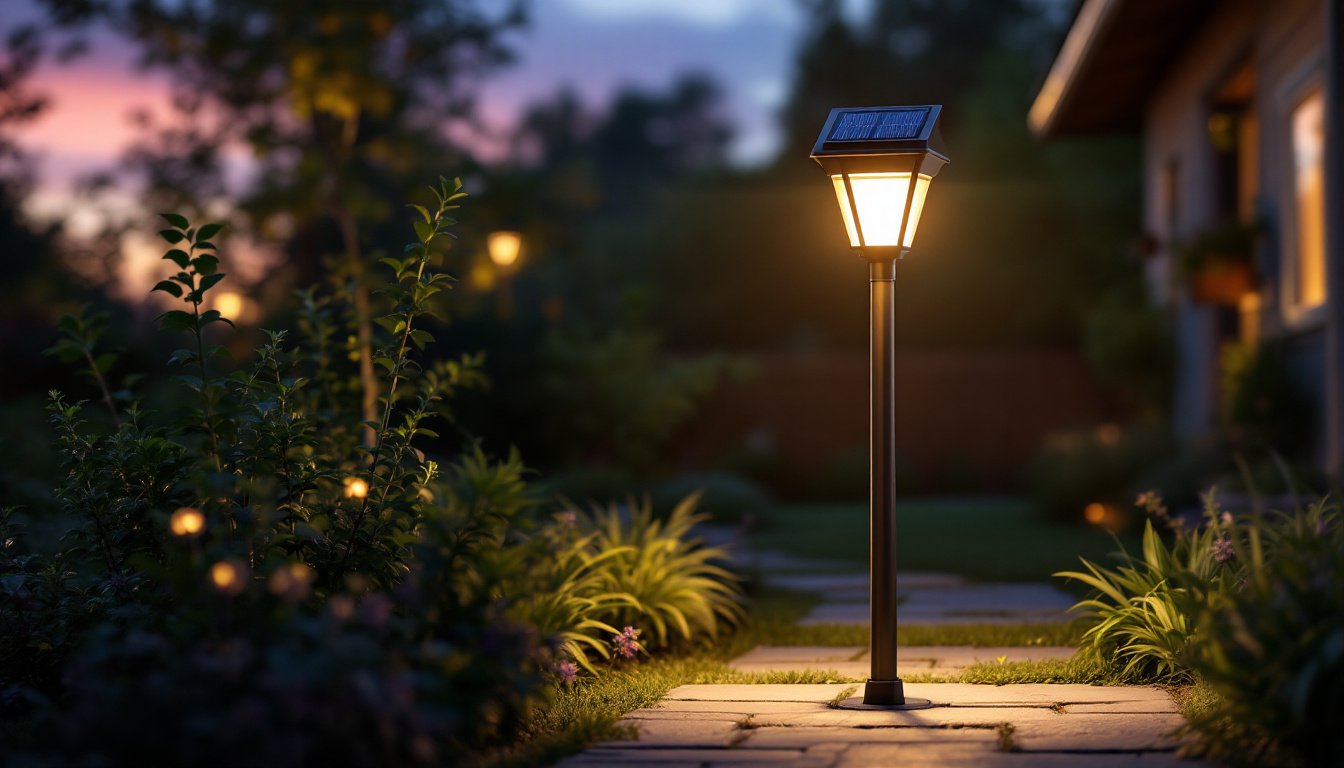
bed lights, often referred to as bedside lighting or reading lights, are essential components in residential and commercial lighting installations. These fixtures not only provide functionality but also enhance the aesthetic appeal of a space. Understanding their role and application can significantly impact the profitability of lighting installations.
In the context of bedroom design, bed lights serve multiple purposes. They offer convenience for reading, create a cozy atmosphere, and can even contribute to the overall design theme of the room. For lighting contractors, recognizing the importance of bed lights in a project can lead to increased customer satisfaction and repeat business.
Bed lights play a crucial role in the overall design of a bedroom. They can be installed as wall-mounted fixtures, table lamps, or integrated into headboards. Each option presents unique opportunities for creativity and functionality. For instance, wall-mounted bed lights can save space on bedside tables, while table lamps can add a decorative touch.
Additionally, the choice of color temperature and brightness can influence the mood of the room. Warm white light is often preferred for creating a relaxing environment, while cooler tones can be used for more functional purposes, such as reading. By understanding these nuances, lighting contractors can offer tailored solutions that meet their clients’ specific needs. Furthermore, the integration of dimmable options allows users to adjust the light intensity according to their activities, whether winding down for the evening or engaging in a late-night read. This adaptability not only enhances comfort but also promotes energy efficiency, making it a win-win for both homeowners and the environment.
There are several types of bed lights available in the market, each with its own advantages. Wall sconces are a popular choice for their space-saving design and ability to direct light where it’s needed most. On the other hand, adjustable reading lamps provide flexibility, allowing users to direct light to their preferred angle.
Smart bed lights have also gained popularity, offering features such as dimming capabilities and remote control. These modern solutions appeal to tech-savvy clients and can enhance the overall experience of the lighting installation. Additionally, many smart bed lights can be integrated with home automation systems, allowing users to control their lighting through voice commands or smartphone apps. This level of convenience not only elevates the user experience but also aligns with the growing trend of smart homes. By staying informed about the latest trends in bed lights, contractors can position themselves as knowledgeable professionals in the field, ready to meet the evolving demands of their clients.
For lighting contractors, maximizing profitability involves more than just selling fixtures; it requires strategic planning and execution. The installation of bed lights should be approached with a clear understanding of the client’s needs, budget, and the overall design of the space.
Effective communication with clients is essential. By discussing their preferences and expectations, contractors can tailor their recommendations to suit individual requirements. This personalized approach not only enhances customer satisfaction but also increases the likelihood of referrals and repeat business.
Before beginning any installation, it is crucial to assess the client’s needs thoroughly. This includes understanding their lifestyle, preferences, and how they intend to use the space. For example, a client who enjoys reading in bed may require brighter, adjustable lighting compared to someone who primarily uses their bedroom for sleeping.
Additionally, discussing the overall design aesthetic can help in selecting the right fixtures. Clients may have specific styles in mind, such as modern, traditional, or eclectic. By aligning the lighting choices with the client’s vision, contractors can create a cohesive and appealing environment that enhances the overall value of the installation.
Budget constraints are a common factor in any lighting installation project. It is essential for contractors to provide options that cater to various budgets without compromising quality. Offering a range of bed lights, from affordable to high-end options, allows clients to choose fixtures that fit their financial parameters.
Moreover, educating clients about the long-term benefits of investing in quality lighting can help justify higher upfront costs. Energy-efficient fixtures, for example, may have a higher initial price but can lead to significant savings on electricity bills over time. By presenting these options clearly, contractors can foster trust and encourage informed decision-making.
Efficient installation techniques are vital for maximizing profitability. The more streamlined the installation process, the lower the labor costs, and the higher the overall profit margin. Contractors should consider various strategies to enhance their efficiency during bed light installations.
Planning the layout and wiring in advance can save time on-site. A well-thought-out design minimizes the need for adjustments during installation, allowing contractors to complete projects more quickly and effectively. Additionally, using modular fixtures can simplify the installation process, as they often require less custom work.
Incorporating technology into the installation process can significantly enhance efficiency. Tools such as project management software can help contractors keep track of timelines, budgets, and client communications. Additionally, using digital design tools allows for better visualization of the final product, making it easier to communicate ideas to clients.
Moreover, smart lighting systems can streamline the installation process by reducing the number of individual components needed. These systems often come with user-friendly interfaces that simplify programming and control, making them an attractive option for both contractors and clients.
Investing in training and skill development for the installation team can yield significant returns. Keeping up-to-date with the latest lighting technologies, installation techniques, and design trends ensures that contractors remain competitive in the market. Regular training sessions can also improve team efficiency and reduce errors during installations.
Furthermore, encouraging team members to pursue certifications in lighting design or energy efficiency can enhance the overall credibility of the contracting business. Clients are more likely to trust and choose contractors who demonstrate a commitment to professional development and industry standards.
The customer experience plays a crucial role in the success of any lighting installation business. Providing exceptional service not only leads to satisfied clients but also encourages referrals and repeat business. Lighting contractors should focus on creating a positive experience from the initial consultation to the final installation.
Clear communication is key. Keeping clients informed about the progress of their installation and addressing any concerns promptly can help build trust and rapport. Additionally, providing aftercare support, such as maintenance tips and troubleshooting assistance, can further enhance the customer experience.
Offering personalized consultations is an effective way to enhance the customer experience. By taking the time to understand each client’s unique needs and preferences, contractors can provide tailored recommendations that align with their vision. This personalized touch can set a contractor apart from competitors and foster long-term relationships with clients.
During these consultations, contractors should also educate clients about the various options available, including different types of bed lights, installation techniques, and energy-efficient solutions. This empowers clients to make informed decisions and increases their overall satisfaction with the project.
Following up with clients after the installation is complete is an often-overlooked aspect of customer service. A simple phone call or email to check on their satisfaction can go a long way in building lasting relationships. It demonstrates that the contractor values their business and is committed to ensuring their happiness with the final product.
Additionally, this follow-up provides an opportunity to address any concerns or issues that may have arisen post-installation. By proactively resolving problems, contractors can further enhance their reputation and increase the likelihood of referrals.
Effective marketing strategies are essential for attracting new clients and maximizing profitability in lighting installations. Contractors should consider a variety of marketing channels to reach their target audience and showcase their expertise in bed light installations.
Online marketing, including social media and search engine optimization (SEO), can significantly increase visibility. By sharing high-quality images of completed projects and engaging content related to lighting design, contractors can position themselves as industry leaders and attract potential clients.
An online portfolio is a powerful marketing tool for lighting contractors. By showcasing past projects, particularly those that highlight bed light installations, contractors can demonstrate their skills and creativity. High-quality images and detailed descriptions can help potential clients envision the possibilities for their own spaces.
Additionally, including client testimonials and case studies can enhance credibility and build trust. Prospective clients are more likely to choose contractors who have a proven track record of success and satisfied customers.
Building relationships with other professionals in the industry can also lead to increased business opportunities. Networking with interior designers, architects, and real estate agents can result in referrals and collaborative projects. Contractors should actively seek out partnerships that align with their business goals and values.
Participating in local trade shows and community events can further enhance visibility and create networking opportunities. By engaging with the local community, contractors can establish themselves as trusted experts in lighting installations.
As the demand for innovative and functional lighting solutions continues to grow, bed lights will remain a vital aspect of lighting installations. For contractors, understanding the intricacies of bed light design, installation, and customer service is essential for maximizing profitability.
By focusing on personalized consultations, efficient installation techniques, and effective marketing strategies, lighting contractors can position themselves as leaders in the industry. The future of bed lights is bright, and those who adapt to changing trends and client preferences will thrive in this competitive market.
Ready to elevate your lighting installations with the finest bed lights on the market? Look no further than LumenWholesale, where we provide contractors with exceptional, spec-grade lighting products at unbeatable wholesale prices. Say goodbye to local distributor markups and hello to our premium selection that meets rigorous industry standards. With LumenWholesale, you can enjoy the convenience of bulk buying with free shipping, ensuring you get the best value without any hidden costs. Make your next project shine and discover wholesale lighting at the best value today!

Discover the science behind wall outlet types for lighting contractors, learn key differences, and enhance your installation skills—boost safety and efficiency today!.

Discover why recessed lights are essential for any successful lighting project.

Discover the benefits of outdoor solar panels for lighting as expert contractors share their insights on installation, efficiency, and cost-effectiveness.

Discover why lighting contractors should prioritize solar post lights in their projects.